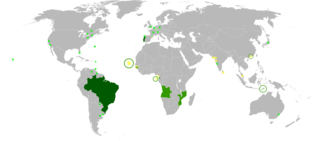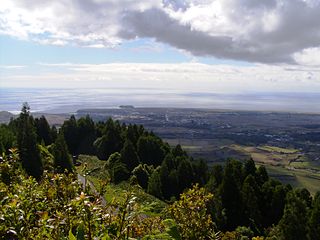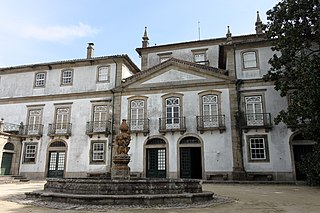| College of the Marists(Colégio dos Maristas) | |
| College (Colégio) | |
The front facade of the old Marist Brothers college | |
| Official name:Colégio dos Maristas | |
| Named for:Marist Brothers | |
| Country | |
|---|---|
| Region | Norte |
| Subregion | Greater Porto |
| District | Porto |
| Municipality | Porto |
| Location | Lordelo do Ouro e Massarelos |
| - coordinates | 41°9′36″N8°38′23″W / 41.16000°N 8.63972°W Coordinates: 41°9′36″N8°38′23″W / 41.16000°N 8.63972°W |
| Architects | Joel da Silva Pereira,António Portugal Mendonça,Manuel Amorim Reis |
| Materials | Granite, Azulejo, Wood, Tile, Iron |
| Owner | Portuguese Republic |
| For public | Private |
| Easiest access | Avenida da Boavista, 1354 |
| Management | Instituto Gestão do Patrimonio Arquitectónico e Arqueológico |
| Status | Monument of Public Interest Monumento de Interesse Público |
| Listing | Dispatch 319, Diário da República, Série 2, 106 (3 June 2013) |
| Wikimedia Commons: Colégio dos Maristas | |
The College of the Marists (Portuguese : Colégio dos Maristas) is a former-college in the civil parish of Lordelo do Ouro e Massarelos, in the municipality of Porto, in the Portuguese district of the same name.

Portuguese is a Western Romance language originating in the Iberian Peninsula. It is the sole official language of Portugal, Brazil, Cape Verde, Guinea-Bissau, Mozambique, Angola, and São Tomé and Príncipe. It also has co-official language status in East Timor, Equatorial Guinea and Macau in China. As the result of expansion during colonial times, a cultural presence of Portuguese and Portuguese creole speakers are also found in Goa, Daman and Diu in India; in Batticaloa on the east coast of Sri Lanka; in the Indonesian island of Flores; in the Malacca state of Malaysia; and the ABC islands in the Caribbean where Papiamento is spoken, while Cape Verdean Creole is the most widely spoken Portuguese-based Creole. A Portuguese-speaking person or nation may be referred to as "Lusophone" in both English and Portuguese.

Freguesia, usually translated as "parish" or "civil parish", is the third-level administrative subdivision of Portugal, as defined by the 1976 Constitution. It is also a local administrative unit in the former Portuguese overseas territories of Cape Verde and Macau. In the past, was also an administrative division of the other Portuguese overseas territories. The parroquia in the Spanish autonomous communities of Galicia and Asturias is similar to a freguesia.

Lordelo do Ouro e Massarelos is a civil parish in the municipality of Porto, Portugal. It was formed in 2013 by the merger of the former parishes Lordelo do Ouro and Massarelos. The population in 2011 was 29,059, in an area of 5.59 km².



















